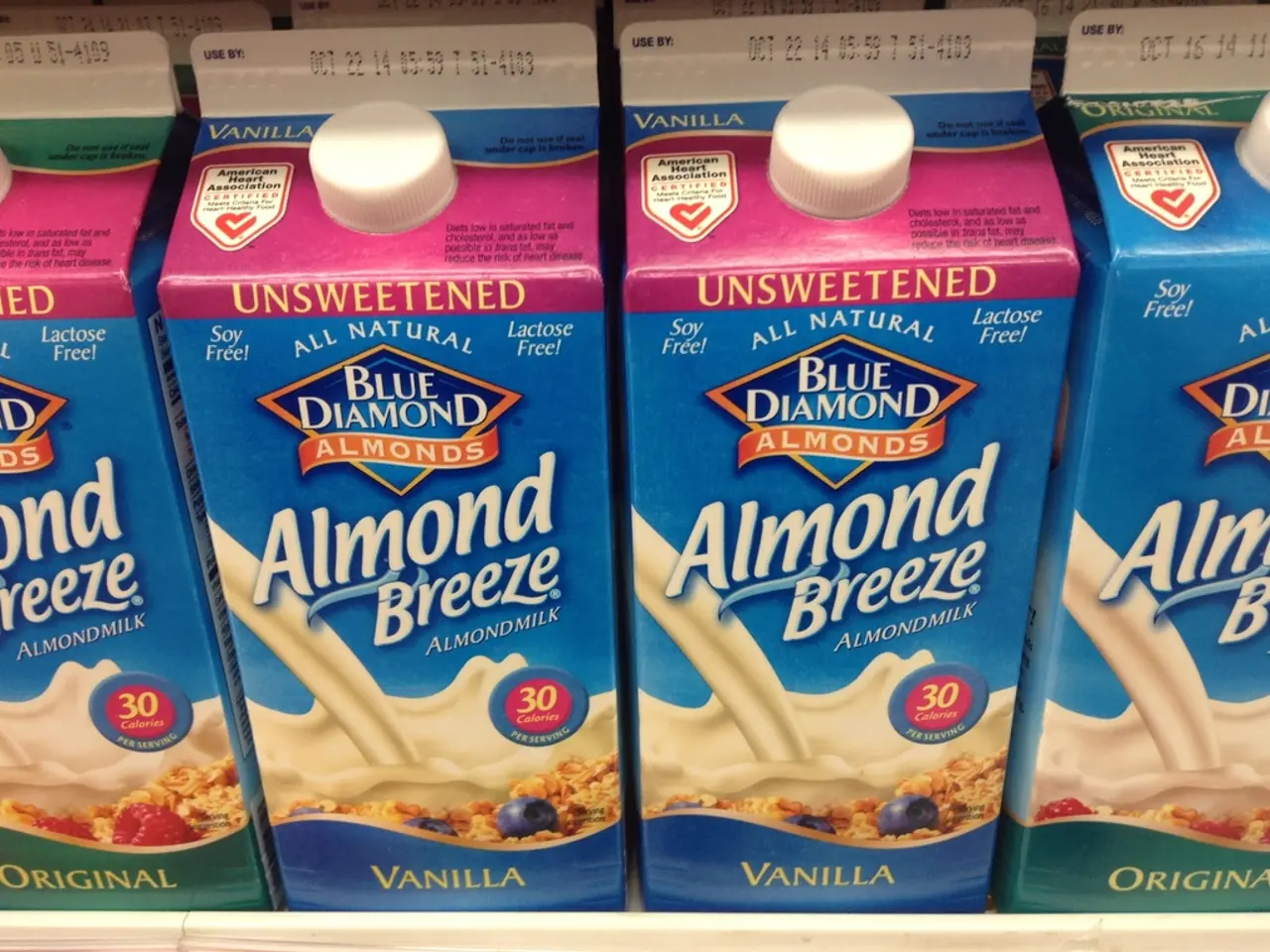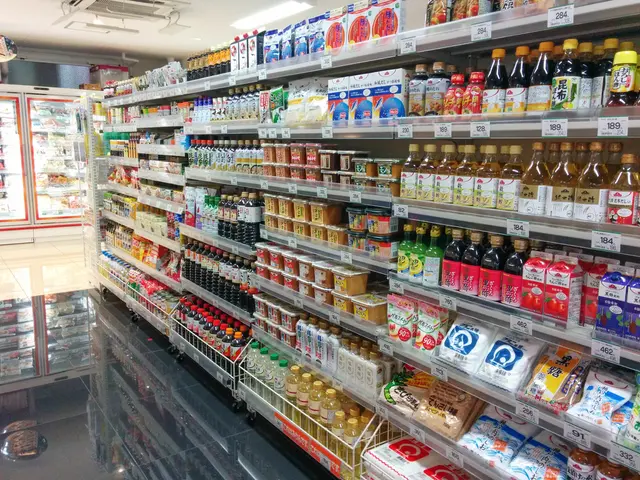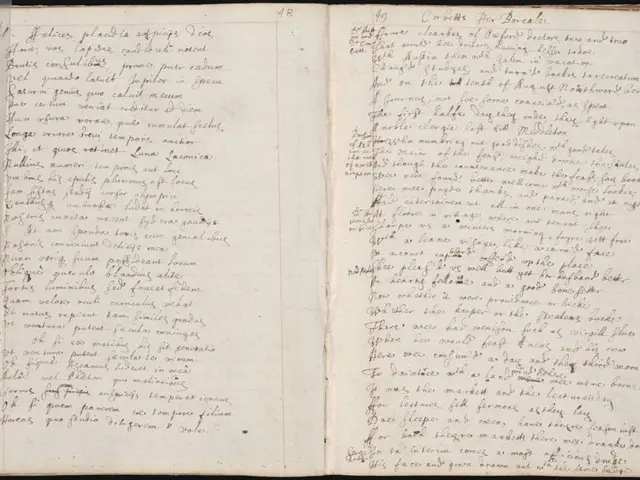Selecting the Suitable DIY Terrarium Vessels: A Guide
When it comes to creating a thriving and visually pleasing terrarium, the choice of container plays a crucial role. Here are some key factors to consider when selecting a terrarium container for your home.
**1. Container Type and Shape**
- **Open vs. Closed Terrariums:** - Closed containers maintain high humidity, making them suitable for moisture-loving plants like ferns, mosses, and tropical species. - Open containers provide better airflow and are better suited for succulents, cacti, and air plants that prefer drier conditions. - Shapes can vary from geometric glass bowls to jars or traditional fish tank-style terrariums. Choose a shape that offers adequate space and matches your display preference while considering the plants’ needs.
**2. Size**
- Size selection depends on the number and type of plants you want to grow and the space you have available. - Containers too small can lead to overcrowding and plants potentially outgrowing the space, causing stress and weakening. - Sufficient height and width are important, especially if you want to include plants with varying heights or root systems.
**3. Materials**
- **Glass** is the most popular because it is transparent, allowing light penetration and easy viewing, and it is easy to clean. - **Plastic** containers are lighter and less fragile but may scratch more easily and not have the same aesthetic appeal. - Avoid containers without the ability to manage moisture or airflow suitably for your plant types.
**4. Drainage and Layering**
- Since most terrariums lack drainage holes, proper layering inside the container is critical to prevent root rot. - A typical layered setup includes: - 1-2 inches of pebbles or gravel for drainage - A thin layer of activated charcoal to filter air and prevent odors - Appropriate potting mix (such as cactus soil for succulents or moisture-retaining soil for tropical plants)
**5. Proper Plant Support**
- The substrate must support not only plant stability but also moisture levels and aeration: - For moisture-loving plants, use soil that retains moisture but drains well to avoid waterlogging. - For succulents and cacti, use well-draining and aerated potting mix like specialized cactus soil or mixes with sand and grit. - Adequate support prevents plants from becoming unstable or stressed. For cuttings or propagated plants, sterile soilless potting mixes (e.g., peat moss and perlite) and containers with drainage are important to prevent rot and encourage rooting.
By considering these factors, you can select a terrarium container that supports the health of your plants and fits your home's aesthetic and environmental conditions. Larger terrarium containers offer more space for plants, decorations, and free gas exchange.
References: [1] Terrarium Tips: Choosing the Right Container (2021).
Cooking and lifestyle enthusiasts might find inspiration in the fashion-and-beauty of unique terrarium containers, each offering an elegant addition to home-and-garden decor. For homemade food-and-drink experiments, consider repurposing stackable glass or plastic containers for various recipes, allowing visibility to monitor the progress of concoctions. Layering techniques within these containers, similar to those used in terrarium setups, can create multi-tiered presentations that impress guests.




